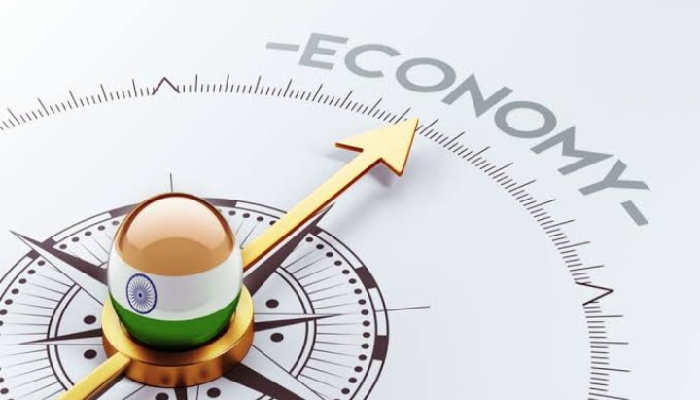New Delhi, Mar 5: The Indian Air Force (IAF) is equipping its Su-30MKI combat aircraft with the Israeli Spice-2000 bombs which were used by the force to carry out air strikes on the Jaish-e-Mohammed (JeM) terrorists training camp inside Pakistan.
Talking about the quick deployment of forces by the Air Force on the western frontier of Pakistan, top IAF sources told ANI that the force has been successful in doing so due to the exercise Gagan Shakti held last year where the service practiced to carry out high tempo operations on both the possible fronts.
“At the moment, the only aircraft which is capable of delivering the bombs on enemy targets is the Mirage 2000. But now the Air Force is putting them on the Su-30s as well to further enhance their firepower,” government sources said.
India had acquired more than 200 of these bombs from Israel a few years back and the Su-30MKI has already carried out trials of launching the Spice-2000 on ground targets, they said.
"After a few more trials, the Su-30 fleet would be equipped with these bombs which rely on coordinates and satellite pictures of the target to home in and destroy the intended targets," the sources said.
Once the integration is successful, it would be a big force multiplier for the Air force as the only planes which can launch these bombs right now are the Mirage 2000s.
The IAF has only around three squadrons of these planes whereas the service has already inducted more than 250 of these aircraft and has planes of getting around 20 more by the end of next year.
The Air Force used the Spice-2000 bombs extensively during the air strikes on Pakistan on February 26 decimating the intended target in Balakote in Khyber Pakhtunwa province of Pakistan in form of the Jaish-e-Mohammed terrorist training camp.
The attacks were carried out by the Air force to avenge the Pulwama suicide terrorist attack in which 40 CRPF troopers were killed.
Jaish-e-Mohammed chief Masood Azhar has been active against India for the last almost 20 years after he was released from jail during the Kandhar hijack where terrorists were released in exchange for passengers of the Indian Airlines flight number IC-814.






Comments
you will lose badly...india is becoming losers country nowdays,... all around people are laughing about our capability and the fake bombing on terror camp.
we all know these BJP marons, only fit to attach poor innocent people inside india.
Add new comment